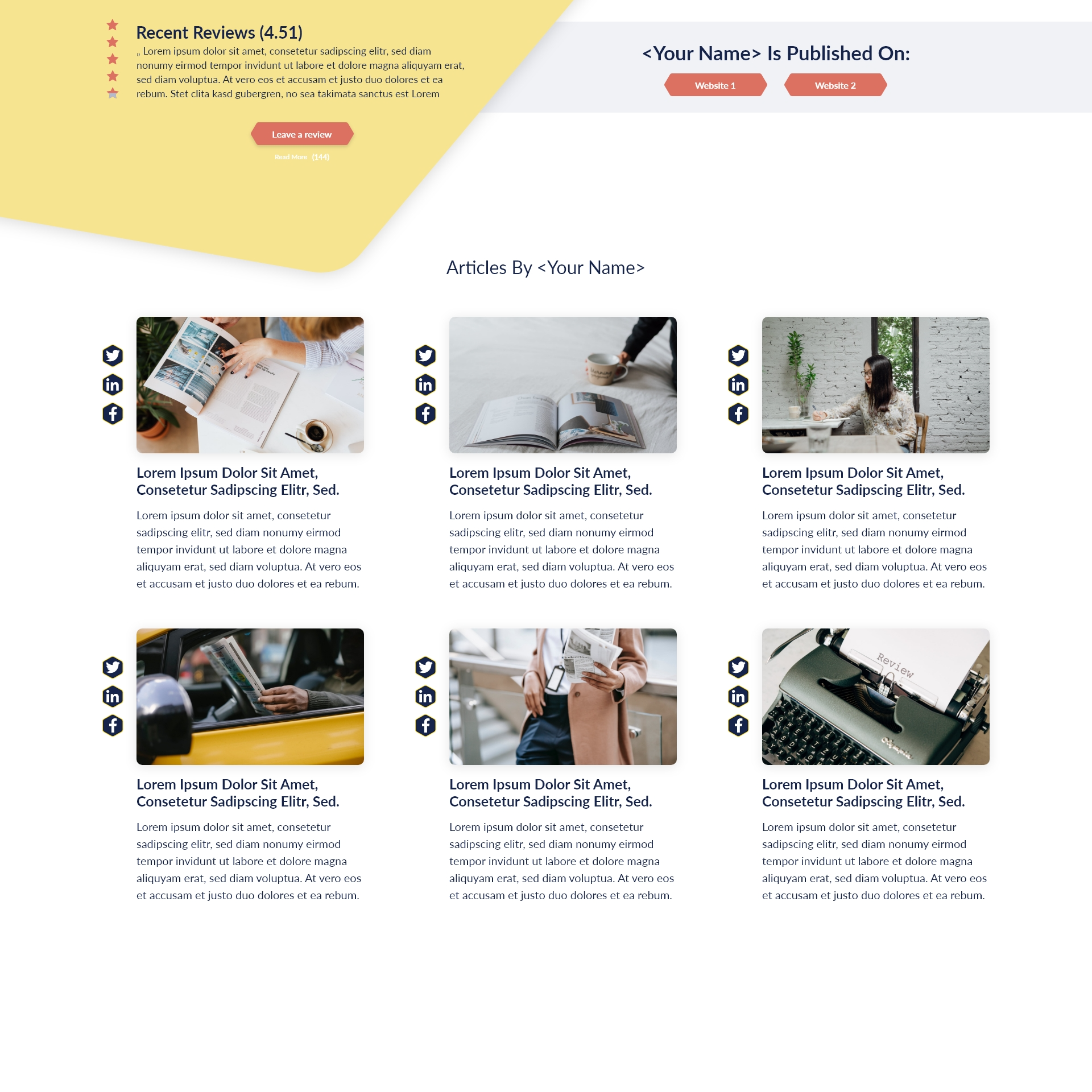Key Takeaways:
- Inclusion programs are at the core of transforming workplace leadership into a more equitable, innovative, and effective system.
- Leadership diversity training, allyship, and cultural competence are foundational for fostering inclusive leadership strategies.
- Mentoring, succession planning, and accountability ensure sustained diversity and equal opportunity at leadership levels.
- Implementing, measuring, and refining inclusion initiatives empower organizations to build robust, inclusive cultures.
- Investment in inclusion programs benefits leadership, teams, and the organizational mission as a whole.
Introduction
Workplaces across every sector are evolving rapidly, with diversity and inclusion emerging as leading priorities for forward-thinking organizations. Practicing trust, motivation, delegation, and communication are core leadership strategies—yet to truly guide your team toward success, embracing an inclusive mindset is vital. Effective inclusion programs unlock leadership diversity, drive innovation, and reshape culture for enduring impact. In this article, we examine the essentials of building leadership through inclusive programs, exploring both their theory and application in real-world organizational contexts.
Understanding Inclusion Programs: Foundations and Outcomes
What Are Inclusion Programs and Why Do They Matter?
Inclusion programs are structured efforts that promote the representation and participation of diverse groups in organizational leadership. These programs focus not only on diversity in hiring but on fostering a sense of belonging, fairness, and opportunity throughout an organization. They matter because diverse leadership teams bring broader perspectives, improve decision making, and reflect the communities they serve, ultimately leading to more innovative and resilient organizations.
Key Components for Effective Leadership Diversity Training
Leadership diversity training is designed to help leaders recognize systemic biases, develop empathy, and embrace equitable leadership practices. Effective training programs include:
- Education on historical and structural barriers to inclusion in leadership
- Scenario-based learning for practicing inclusive decision making
- Strategies for overcoming unconscious bias
- Active engagement, with accountability for applying new skills
The Evolution of Inclusive Leadership Strategies
Inclusive leadership is no longer just an aspiration—it’s a strategic imperative. Inclusive leadership strategies have evolved from awareness-based workshops to comprehensive frameworks that integrate inclusion across decision-making, policy, and day-to-day operations. Today’s leaders are expected to champion inclusion, model transparency, and actively remove barriers facing underrepresented groups.
Designing Executive Allyship Programs That Deliver Results
How to Foster Meaningful Allyship at the Executive Level
Executive allyship programs encourage senior leaders to become active advocates for diversity and inclusion. Such programs succeed when executives:
- Receive targeted training on inclusive leadership strategies and responsibilities
- Set measurable inclusion goals
- Sponsor and mentor minority talent
- Model authentic, trustworthy support for all team members
Integrating Inclusive Decision Making into Leadership Roles
Inclusive decision making means considering varied perspectives and insights before finalizing decisions. Leaders can integrate this by:
- Soliciting input from diverse stakeholders
- Using structured frameworks to prevent bias
- Ensuring transparency in reasoning and accountability for outcomes
Navigating Barriers to Inclusion in Leadership Positions
Common barriers include unconscious bias, a lack of sponsorship, traditional succession planning models, and limited access to professional networks for minorities. Overcoming these obstacles requires:
- Leadership unconscious bias training
- Formal sponsorship and mentorship programs
- Organizational policies that embed diversity and equity at every level
Strengthening Your Organization with Cultural Competence Workshops
What Are Cultural Competence Workshops?
Cultural competence workshops train leaders and employees to respect, understand, and work effectively with people from varied backgrounds. Topics often include:
- Cultural awareness and humility
- Effective cross-cultural communication
- Recognizing and valuing diversity in the workplace
Building Equitable Leadership Practices Through Training
Equitable leadership practices ensure fair treatment, opportunities, and advancement for all team members. Training supports these outcomes by:
- Helping leaders identify and challenge inequities
- Providing tools to delegate tasks and recognize diverse strengths
- Facilitating open, two-way communication
The Role of Leadership Unconscious Bias Training
Leadership unconscious bias training is vital to help leaders identify their own biases and develop habits that promote fair decision making. Sessions bring awareness to:
- Hidden preferences impacting talent selection and development
- Microaggressions and their organizational impact
- Personal accountability measures for more objective leadership
Looking to transform your team’s leadership approach? Prioritize inclusion by adopting cultural competence workshops, investing in unconscious bias training, and refining your mentorship programs. Start today, and see the difference inclusive leadership can make in your organization.
Mentoring Diverse Talent Through Inclusive Succession Planning
Creating Effective Diverse Talent Mentorship Initiatives
Mentorship initiatives provide underrepresented employees with guidance, sponsorship, and growth opportunities. The most successful programs:
- Match mentors and mentees based on developmental needs and career interests
- Offer structured support and resources
- Hold leaders accountable for career progression outcomes
Supporting Leadership Development for Minorities
Leadership development for minorities addresses systemic disparities in access to opportunities, feedback, and sponsorship. Inclusive leadership development includes:
- Tailored training and networking events
- Exposure to high-visibility projects
- Clear criteria for advancement, with regular feedback
How Inclusive Succession Planning Sustains Diversity
Inclusive succession planning deliberately identifies, prepares, and promotes diverse candidates for future leadership roles. By embedding diversity metrics into succession plans and keeping processes transparent, organizations can:
- Avoid homogenous leadership pipelines
- Foster engagement and motivation among all employees
- Sustain meaningful, long-term diversity
Measuring Success: From Inclusive Workplace Policies to Organizational Impact
Implementing Inclusive Workplace Policies
Inclusive workplace policies set the formal standard for conduct, equity, and opportunity. Effective policies address:
- Prohibition of discrimination and harassment
- Pay equity protocols
- Accessible complaint and feedback procedures
Leadership Accountability in Diversity: How to Measure It
Leadership accountability in diversity is measured by tracking outcomes, not just intentions. Organizations can:
- Set and monitor diversity targets for leadership positions
- Tie executive performance evaluations to inclusion outcomes
- Regularly review benchmarks for progress
Assessing the Impact of Inclusion Programs on Organizational Culture
To gauge success:
- Conduct climate surveys and gather employee feedback
- Analyze representation data at all levels
- Assess turnover, engagement, and promotion rates among diverse employees
Your Roadmap to Inclusive Organizational Culture Building
Steps to Foster Truly Inclusive Organizational Culture
Building an inclusive organizational culture is an ongoing journey. Steps include:
- Listen and respond actively to employee concerns
- Celebrate diversity through recognition and storytelling
- Create leadership pathways that are open and accessible
- Empower leaders to make values-based decisions
Tools and Resources for Inclusive Leadership Development
Organizations have access to a range of tools, including leadership diversity training modules, cultural competence workshops, inclusive policy templates, and networks of external consultants. Continuous improvement comes from:
- Investing in leader and team development
- Staying updated on best practices
- Sharing success stories and lessons learned
Conclusion
Guiding your team to success—especially in today’s dynamic environment—demands more than technical proficiency. By prioritizing trust, motivation, delegation, and communication alongside thoughtfully structured inclusion programs, leaders create workplaces where everyone can reach their full potential. Embrace these best practices as part of your leadership approach, and watch your organization thrive.








